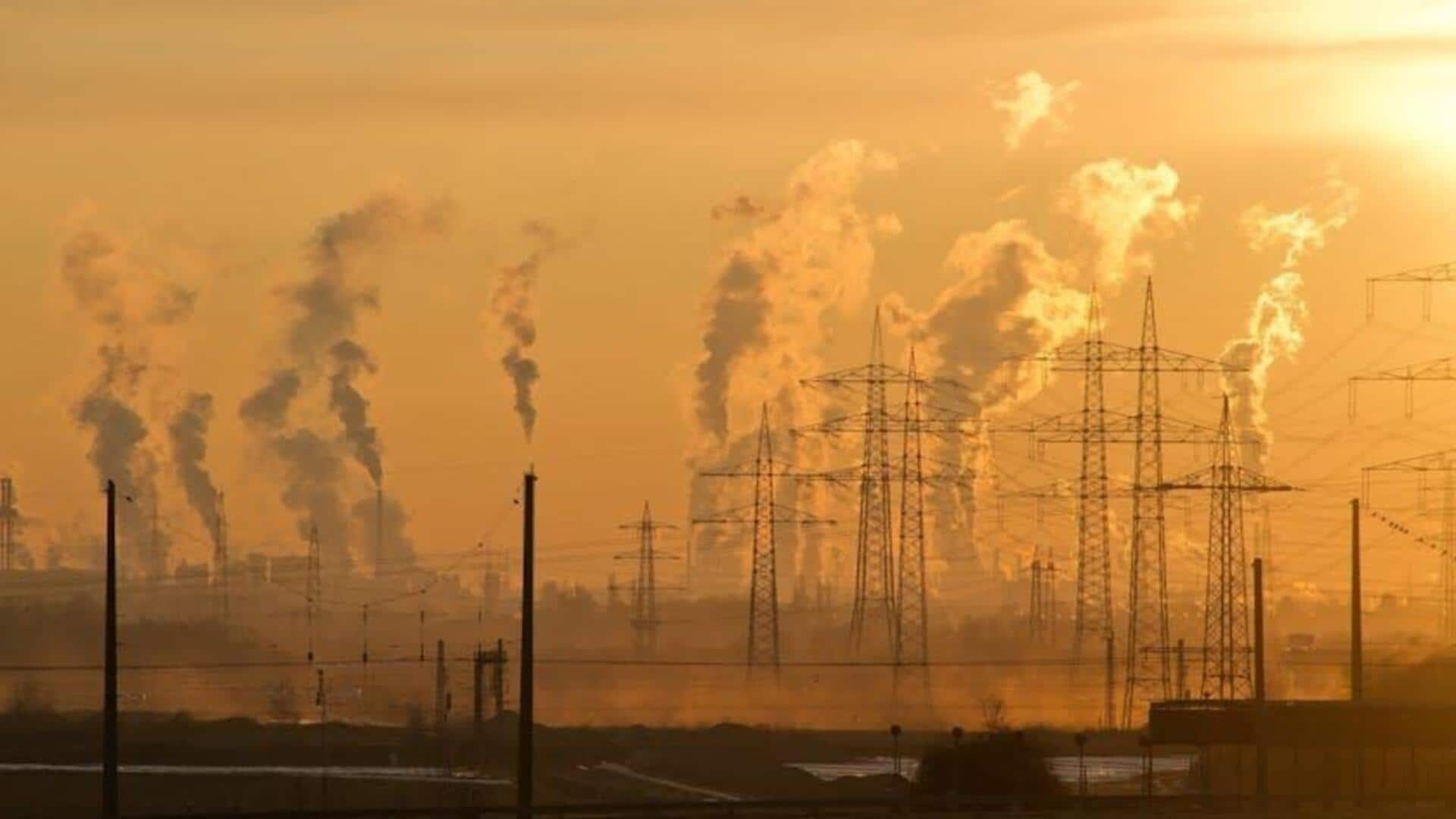
September 2025 recorded as third-hottest on record
What's the story
The Copernicus Climate Change Service confirmed on Thursday that September 2025 was the third-hottest September on record, with global average temperatures remaining near historic highs for another month. While the month did not surpass the record set in 2023, it was only slightly cooler than September of last year, according to the EU's global warming monitoring service. Samantha Burgess, strategic lead for climate at Copernicus, said high land and sea surface temperatures indicate greenhouse gas accumulation in the atmosphere.
Climate impact
Global temperatures have been steadily rising
September 2025 was 1.47°C warmer than the average temperature between 1850 and 1900, a period before human activity significantly impacted the climate. These seemingly small incremental rises in temperature can destabilize the planet, increasing the risk of extreme weather events and triggering destructive climate tipping points. Global temperatures have been steadily rising due to greenhouse gas emissions from fossil fuels since the industrial revolution.
Yearly forecast
2025 will likely be the third-hottest year on record
Scientists predict that 2025 will be the third-hottest year on record, following 2024 and 2023. This prediction is based on recent months being just shy of the records set during this extraordinary stretch. The reality of rising temperatures will be at the forefront as nations gather in Brazil next month for annual UN climate negotiations to address global warming collectively.
Emission concerns
Major economies are not cutting emissions fast enough
Despite the alarming rise in global temperatures, major economies are not cutting emissions fast enough to avoid severe climate change impacts. Many countries are still approving new oil, coal, and gas projects. The Copernicus Climate Change Service uses billions of measurements from satellites, ships, aircraft, and weather stations for its climate calculations. Its records date back to 1940 but other sources like ice cores and tree rings allow scientists to extend their conclusions further back in time.